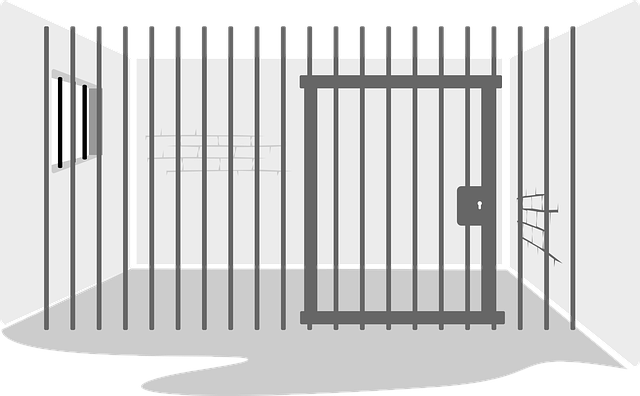Vehicle safety features like air bags, ABS, and ESC significantly reduce property damage from drunk driving accidents, impacting DUI liability. Modern cars' advanced systems, such as collision avoidance, lane departure warnings, and automatic emergency braking, improve road safety by detecting hazards and mitigating risks. Data logs from these systems serve as valuable evidence in DUI cases, influencing penalties. Understanding these features is crucial for both drivers and legal professionals to navigate the complexities of DUI law and ensure fair outcomes under current regulations.
In the realm of legal responsibility, understanding the interplay between property damage and Driving Under the Influence (DUI) is paramount. This article delves into the intricate details of Property Damage DUI Liability, exploring key components such as understanding property damage and DUI law. We also analyze how vehicle safety features serve as critical tools in mitigating risk, while navigating the legal implications that arise when these two factors converge. By examining these aspects, individuals can gain valuable insights into their potential liabilities.
- Understanding Property Damage and DUI Liability
- Vehicle Safety Features: A Tool to Mitigate Risk
- Navigating Legal Implications of DUI and Property Damage
Understanding Property Damage and DUI Liability

Property damage and DUI (driving under the influence) liability are two distinct yet interconnected legal issues. Property damage refers to any harm caused to someone else’s property, such as a vehicle, building, or personal belongings, as a result of an accident. In the context of DUI, understanding property damage is crucial because it can significantly impact liability and insurance claims.
DUI laws are designed to ensure public safety by discouraging individuals from operating vehicles while under the influence of alcohol or drugs. Vehicle safety features play a critical role in mitigating property damage caused by drunk driving accidents. Modern cars are equipped with advanced safety mechanisms like air bags, anti-lock braking systems (ABS), and electronic stability control (ESC) to reduce the severity of collisions. These features not only protect occupants but also minimize damage to other vehicles and structures involved in the accident. Knowledge of these safety features and their impact on DUI liability is essential for both drivers and legal professionals navigating the complexities of property damage claims under existing DUI laws.
Vehicle Safety Features: A Tool to Mitigate Risk

In today’s digital era, vehicle safety features have evolved significantly, offering advanced tools to mitigate risks on the road, particularly in relation to DUI (driving under the influence) laws. Modern cars are equipped with various systems designed to enhance driver awareness and protect passengers and other road users. Features like collision avoidance systems, lane departure warnings, and automatic emergency braking can detect potential hazards and take corrective actions, reducing the likelihood of accidents caused by impaired driving.
These safety features play a crucial role in upholding DUI law by providing tangible evidence of a driver’s attempt to avoid or mitigate damage from an incident. For instance, data logs from these systems can be used in court to demonstrate that a driver was attempting to steer clear of potential collisions, which could help lessen penalties or even serve as exculpatory evidence. Thus, the adoption and understanding of vehicle safety features are essential components in both safe driving practices and navigating the complexities of DUI-related legal matters.
Navigating Legal Implications of DUI and Property Damage

Navigating the legal implications of a DUI (Driving Under the Influence) incident that results in property damage requires a nuanced understanding of both vehicle safety features and DUI law. Vehicle safety features, such as advanced braking systems and electronic stability control, can play a significant role in mitigating liability. These technologies are designed to minimize the impact of accidents by improving reaction time and vehicle control, potentially reducing the severity of property damage.
However, the presence of these safety features does not automatically exempt an individual from DUI-related legal consequences. The primary focus remains on establishing the driver’s impairment level and their ability (or inability) to operate a vehicle safely. Prosecutors will scrutinize factors like blood alcohol content, behavior at the scene, and decision-making abilities to determine liability. Understanding these complexities is crucial for individuals facing charges to protect their rights and seek appropriate legal counsel.
In understanding property damage and DUI liability, it’s clear that vehicle safety features play a crucial role in mitigating risk. By embracing advanced technologies aimed at driver behavior and vehicle performance, we can reduce the likelihood of accidents and their associated legal implications under DUI law. As we navigate these complex issues, remembering the interplay between vehicle safety and personal responsibility is key to fostering safer roads and more favorable outcomes in the event of a mishap.






